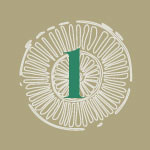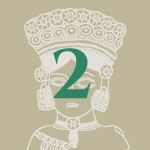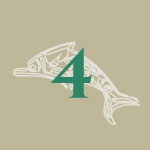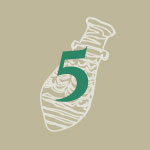Permanent Exhibition. Room 3
The funeral. Punic burials (525-25 BC).
Between years 550 and 500 BC, there were great changes in Phoenician settlements in central and western Mediterranean. After Carthage assumed leadership, new Punic settlers arrived to Ibiza. A part of them came from Carthage and its area of influence. As a city-state, Ibiza underwent an economic and demographic growth. The necropolis gains more extension since there is a democratization regarding tomb access. In addition, during this time, the burial rite changes. Inhumation is introduced, and the presence and variety of grave goods increases. Hypogeum appears as a new type of tomb. During this period (450-375 BC), the necropolis is used very intensively, but from 350 BC on, its use starts to decrease. From 200 BC on, no more hypogea are excavated, though many of them will be reused as mausoleums. Now, simple pits are more common, and cremation comes back as the main funerary ritual, along with less rich grave goods. This is consequence of economic, social and cultural changes which came after the Punic Wars (264-146 BC)
Agenda

Pieces in Room 3
-

Vessel
Sala 3, Museo Puig des MolinsExceptional vessel, since it is made from a sandstone block. It was very common in Carthage, but rare in the West.
-
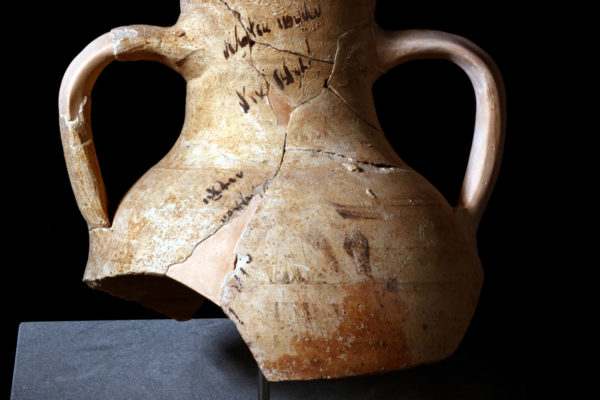
Jug MAEF 6347
Sala 3, Museo Puig des MolinsJug used as funerary urn. We can see names from Neo-Punic writing: Bdštrt, Bdmlqrt, ‘By.hzkn, ‘Dnbsm y Bdštrt. It could be a cenotaph.
-

Zoomorphic Askos MAEF 4048
Sala 3, Museo Puig des MolinsZoomorphic Askos. Depicting a donkey (late V-IV B.c). It has abundant decoration painted in a vinous red tone. These types of containers are popularly known
-
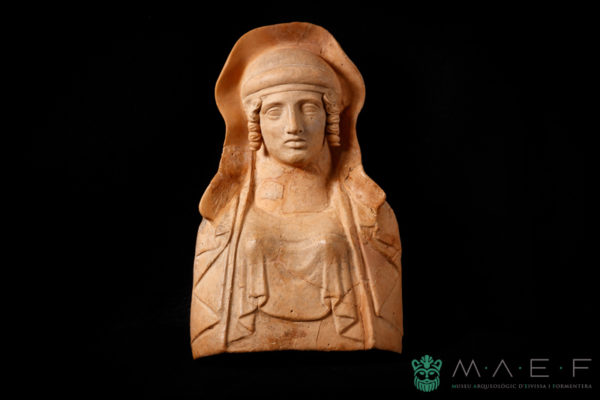
Female bust MAEF 4087
Sala 3, Museo Puig des MolinsFemale bust dressed in a peplos. Probably imported from a Rhodian workshop in the 5th century BC.

